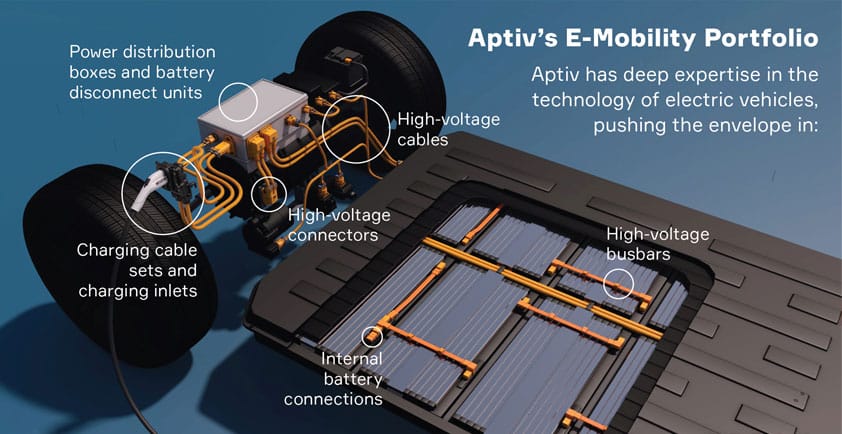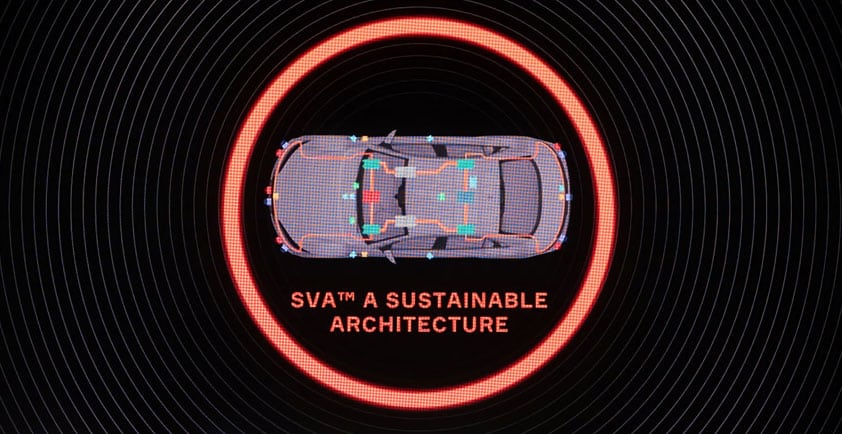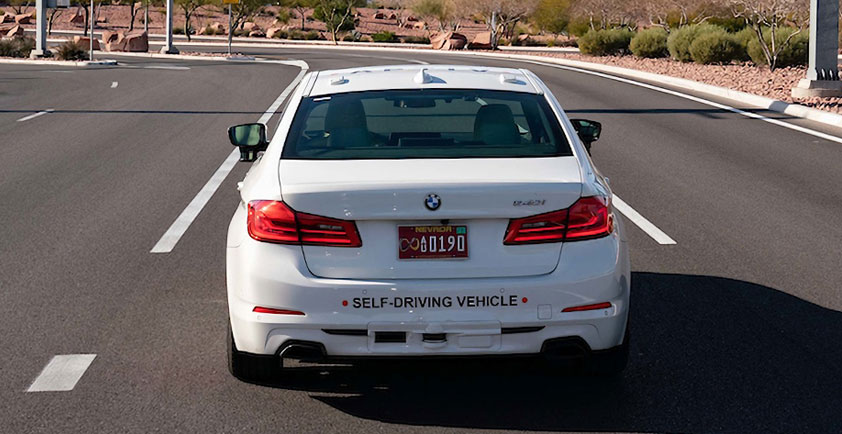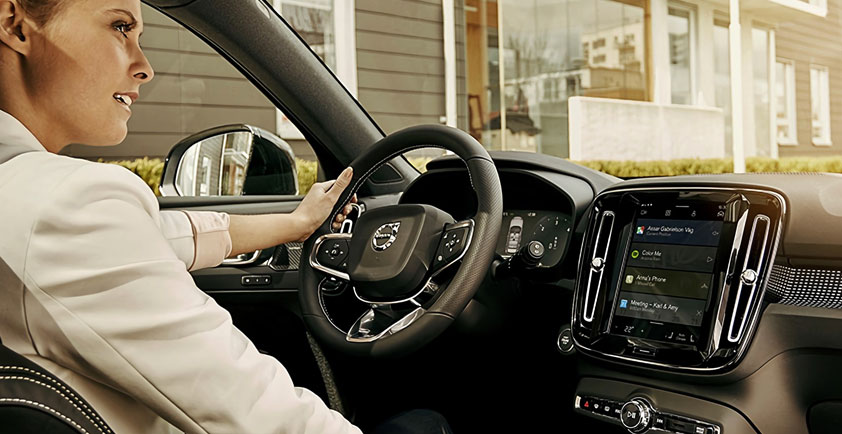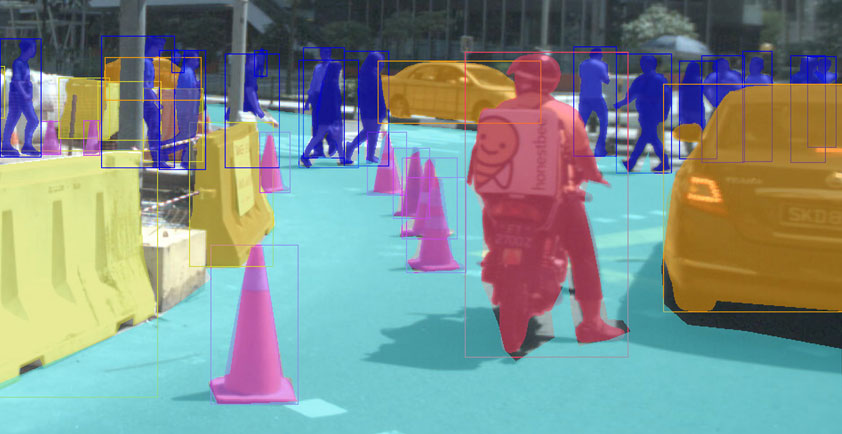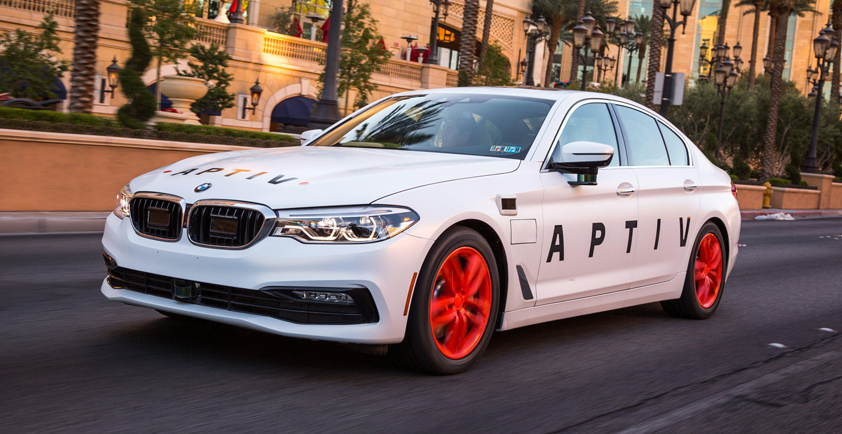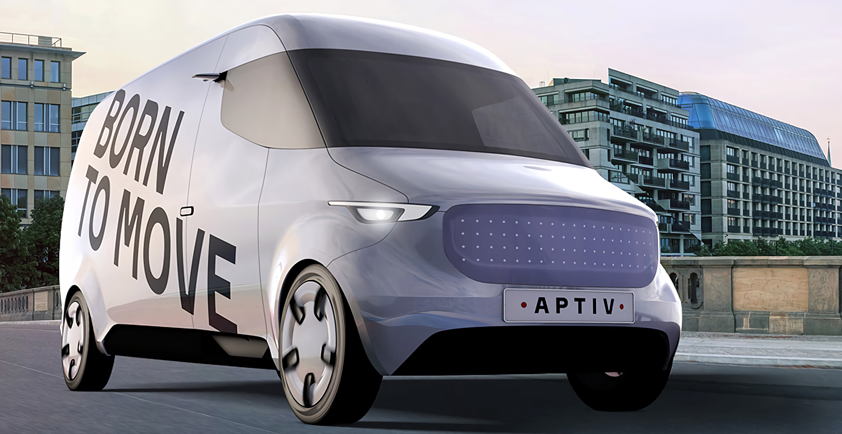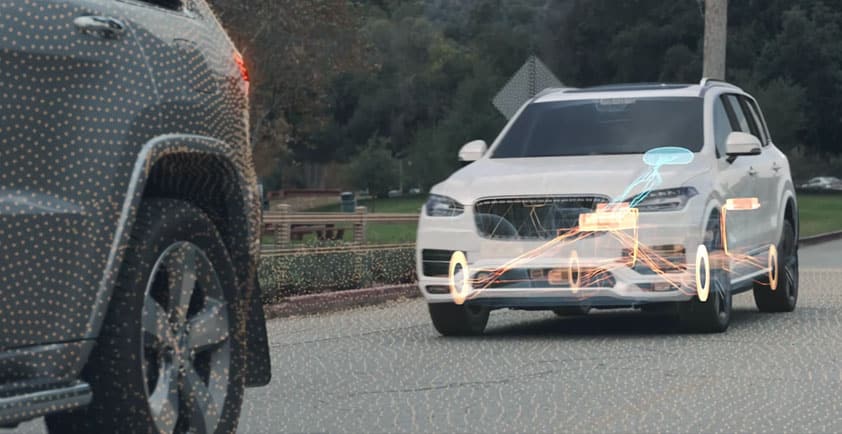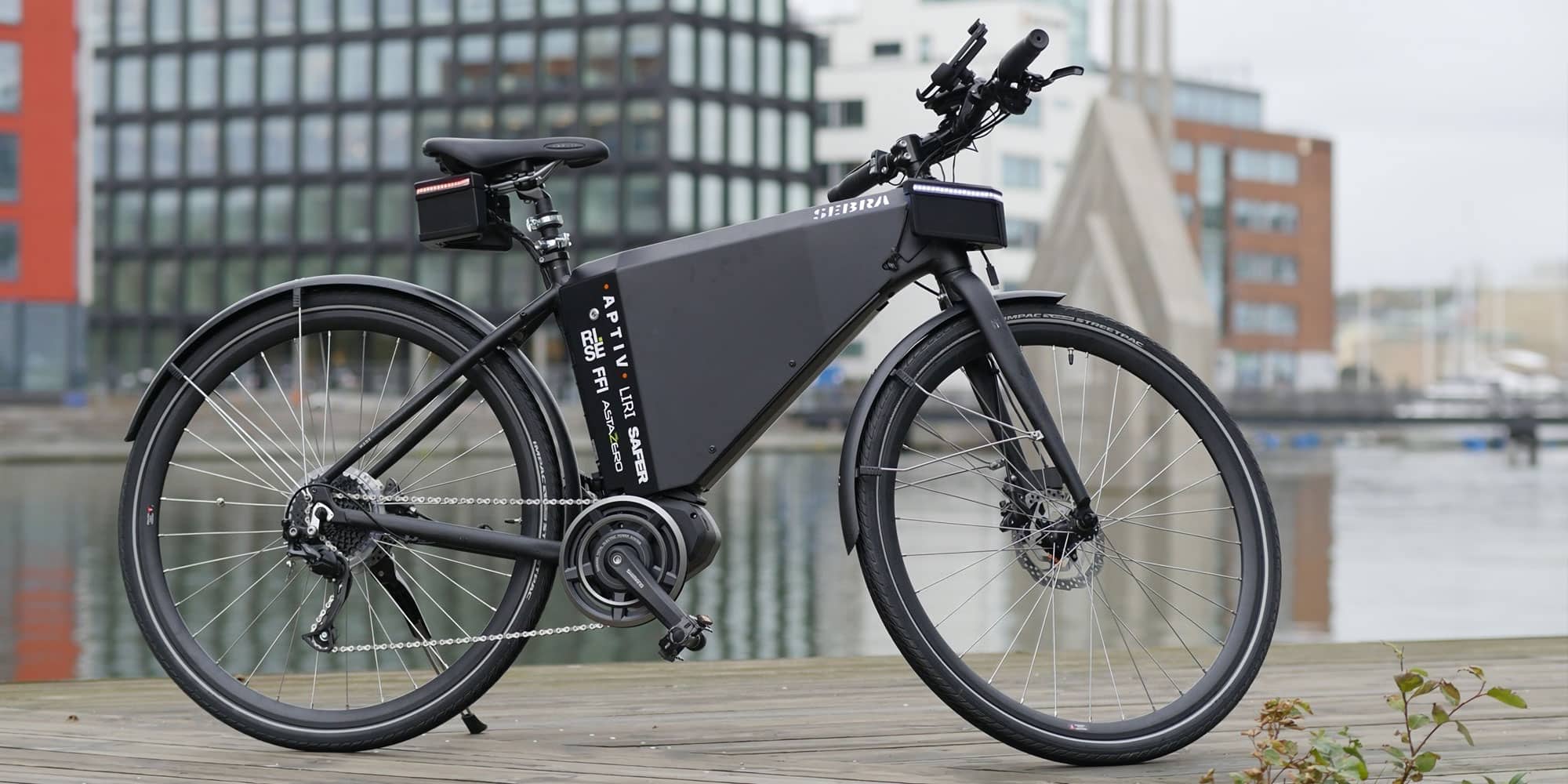
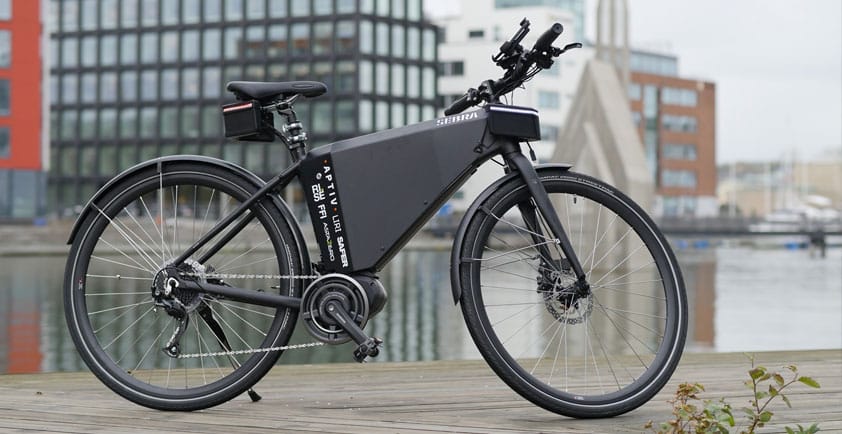
RADAR ENABLES ADVANCED SAFETY FOR BICYCLISTS
Aptiv engineers and student interns recently collaborated on an exciting proof-of-concept sponsored by the Swedish government to develop a collision-detection warning system for electric bicycles (e-bikes) using radar.
The Sensor for Bicyclists’ Improved Awareness (SEBRA) partnership included the Research Institute of Sweden (RISE) and LIRI, a startup e-bike company.
As more people use bicycles to commute to work or to transport goods in crowded urban areas, bicycle safety has become a major issue in Sweden, which has become a leader in the adoption of e-bikes. The Swedish government gave the e-bike market a major boost by offering a subsidy of up to 25% of the purchase price, up to a total of 1,000 euros. From September 2017 to August 2018, e-bike sales reached 103,000 units, and even after the subsidies expired, sales in the 2018-2019 period reached 86,000 bikes.
The SEBRA project leveraged the advanced radar technology Aptiv develops for vehicles, as well as Aptiv’s overall engineering expertise, to help create an innovative, high-tech way to improve rider safety.
There were several fundamental questions that the team was looking to answer. What technology could be used to detect an approaching vehicle? How would the natural movement of the rider affect the sensors? What would be the best way to communicate a warning to the vehicle? How could the bike communicate a warning to the rider? What would the end-to-end system consist of? And where would all of this electronic gear be located so as not to get in the way?
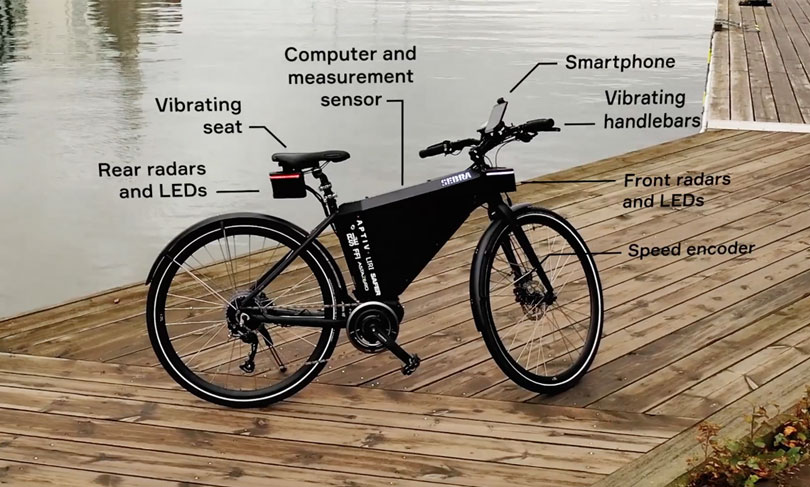
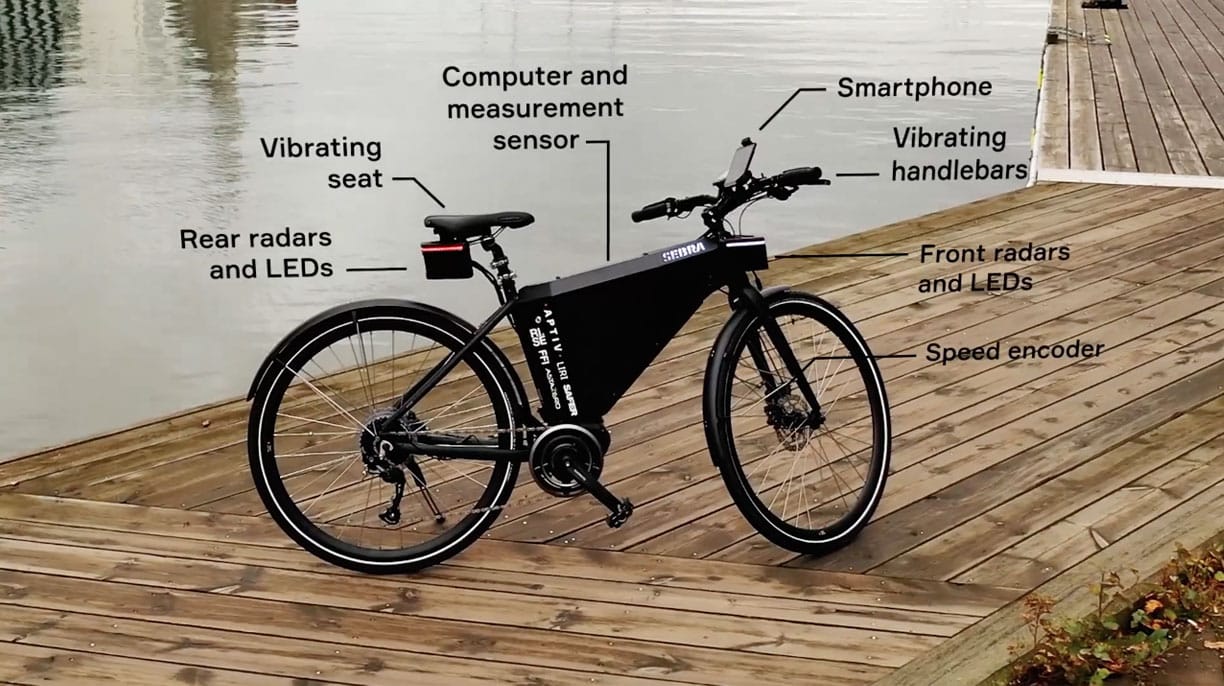
After two prototypes, trial runs by more than 40 volunteers, and some key input from the students with respect to linking the onboard computer to an Android phone, the proof-of-concept looks like this:
> Two lightweight Aptiv radar units are mounted just under the seat, facing toward the rear. There are two more units just under the handlebars facing forward. This provides a 360-degree view of objects surrounding the e-bike.
> A small computer inside a specially designed case is mounted vertically in the triangular space under the crossbar. Gyroscopes and accelerometers are placed near the front wheel to provide additional data to the computer on factors such as speed, yaw and roll.
> A system of microcontrollers and USB cables links the computer with the rest of the equipment.
> If a vehicle is approaching the e-bike, bright LED lights on the front and rear of the bike are activated, warning the driver.
> The e-bike is equipped with a haptic motor that is able to vibrate the seat and the handlebars to alert the rider that a vehicle is approaching. The system can even vibrate either the left or right handlebar only, to tell the rider which side the danger might be coming from.
> The students came up with the final innovation: They suggested linking the computer system with an Android phone via Wi-Fi. In this scenario, the phone is mounted on the handlebar and visually shows approaching objects, which appear as red rectangles.
These solutions have a number of use cases beyond the primary scope of the project. For example, the project demonstrates that radar technology can be deployed on a two-wheeler, and this implementation could apply not only to an electrical bike, but also to a motorcycle. Further, addressing yaw and roll is an important challenge to improving sensing capabilities for commercial vehicles.
Author - Henrik Clasen, Safety Systems Manager
